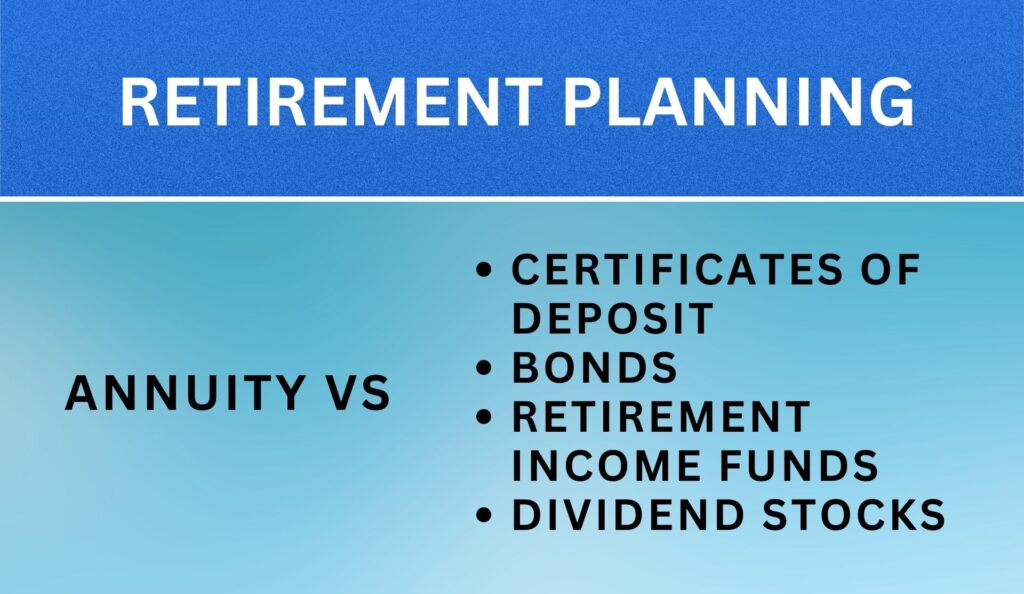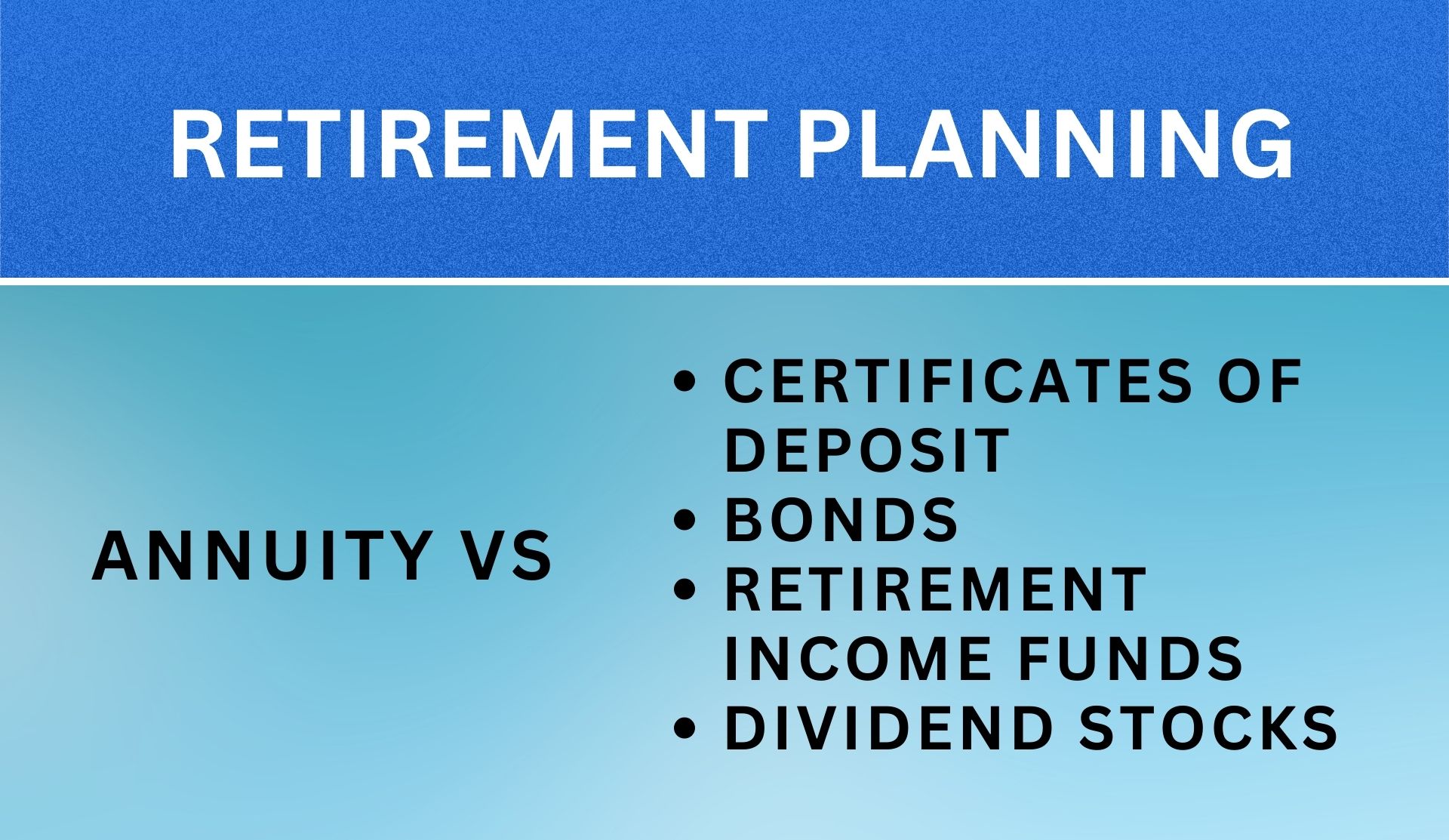
Retirement planning is a crucial aspect of securing your financial future. While annuities are a popular choice for generating fixed retirement income, they may not be the best fit for everyone.
In this article, we will explore alternatives to annuities that can provide reliable sources of fixed retirement income. Each option has advantages and disadvantages, depending on your financial goals and the time you have before retirement.
It’s advisable to consult a financial professional to determine the most suitable option for your specific circumstances.
1. Certificates of Deposit (CDs)
Certificates of Deposit (CDs) are deposit accounts offered by banks and credit unions that provide higher interest rates in exchange for locking in your money for a predetermined period, typically ranging from a few months to several years. While CDs may not offer the highest returns, they provide a secure and predictable source of fixed income.
Pros:
- Safety and security of principal.
- Reliable and guaranteed interest payments.
- Option to create a CD ladder for liquidity and higher interest rates.
Cons:
- Lower returns compared to riskier investments.
- Limited flexibility due to fixed maturity dates.
2. Bonds
Bonds are debt instruments where investors lend money to governments or corporations in exchange for periodic interest payments and the return of the principal amount upon maturity. Bonds offer various maturities and risk levels, making them versatile for generating fixed income.
Pros:
- Diversification options with different types of bonds.
- Potentially higher returns compared to CDs.
- Government bonds, like U.S. Treasury bonds, are considered low-risk.
Cons:
- Lower returns compared to riskier investments like stocks.
- Interest rates vary among different bond types.
- Risk associated with some high-yield bonds.
3. Retirement Income Funds (RIFs)
Retirement Income Funds (RIFs) are actively managed mutual funds designed for conservative investors seeking regular distributions. They typically include a mix of fixed-income assets and equities, offering both income and the potential for asset growth.
Pros:
- Professional management for asset allocation.
- Predictable distributions for retirees.
- Potential for portfolio growth over time.
Cons:
- Lower returns compared to more aggressive investment options.
- Management fees may reduce overall returns.
- Risk of market fluctuations affecting fund performance.
4. Dividend Stocks:
Dividend stocks are publicly traded stocks of companies that regularly distribute a portion of their earnings to shareholders in the form of dividends. These stocks are typically associated with established and profitable companies.
Pros:
- Regular dividend payments, often quarterly.
- Potential for dividend growth over time.
- Opportunity for capital appreciation.
Cons:
- Stock market volatility can impact portfolio value.
- Dividend payments may vary among companies.
- Lack of diversification if heavily invested in individual stocks.
Conclusion
While annuities offer guaranteed payments, they may not align with everyone’s retirement goals. Exploring alternatives such as Certificates of Deposit (CDs), Bonds, Retirement Income Funds (RIFs), and Dividend Stocks can provide retirees with fixed income streams that suit their needs.
Each option has its own advantages and disadvantages, making it crucial to assess your financial situation and consult a financial advisor to make informed decisions. Ultimately, the right choice depends on your unique retirement objectives and risk tolerance.
You might be interested in reading the article about retirement planning for 2024.
Reference: Yahoo Finance










